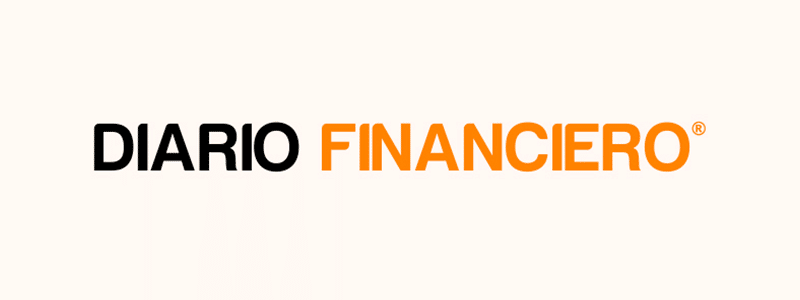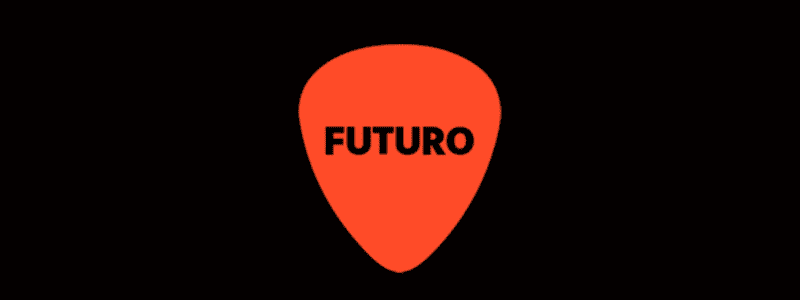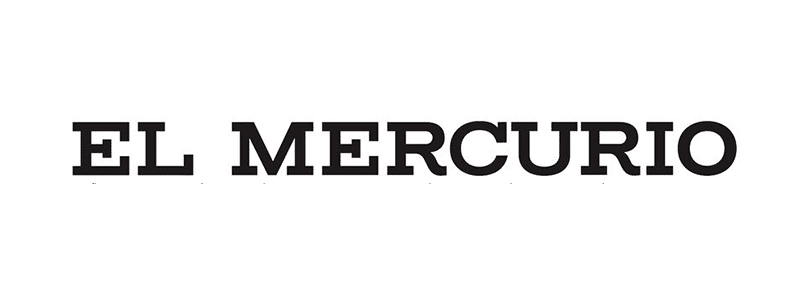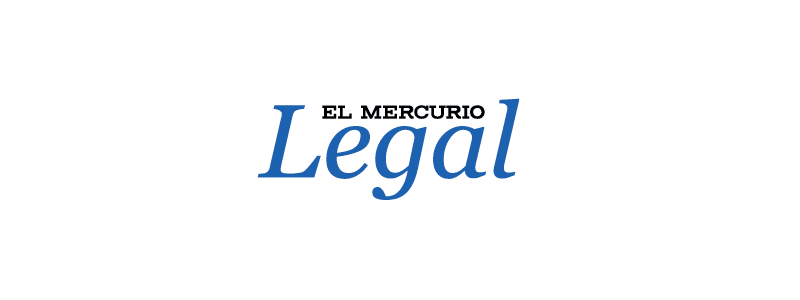We invite you to read the column written by our senior associate of the IP, Tech and Data Group, Antonia Nudman, on the challenges for intellectual property in works created with artificial intelligence.
As artificial intelligence evolves, challenges also arise around the intellectual property of works created with this technology. Although the applicable regulations generally require that the use of works be supported by the authorization of the rights holder, in practice there are no formal channels to control their use for the purpose of training AI systems.
This issue has been one of the most discussed in the bill that regulates artificial intelligence systems. The original initiative proposed an express exception, allowing the use of works without the authorization of the rights holder for training purposes when such use does not constitute a disguised exploitation of the protected work.
Later, the indications presented by the Government modified the original wording, stating that the use of works published in a legitimate manner for non-profit text and data mining and research purposes is lawful.
It is important that the regulatory requirements are sufficiently lax to adapt to the reality and technological advances. In practice, it is unfeasible to request permission for the use of each of the works used for the purpose of training AI systems.
For example, asking 100 cat photographers for permission for the technology to associate an image with that particular animal. This would greatly increase the associated costs and time, which would be a disincentive for the development of technologies in our country and foreign investment.
In this regard, there are countries, such as Japan, pioneers in regulating the use of copyrighted material for the training of AI systems, which established exceptions, quite broad, for the use of protected material, even for commercial purposes. Other jurisdictions, such as the United Kingdom, contemplate these exceptions, but in a more limited way, prohibiting commercial use. This is the approach that Chile is trying to take.
The expansion around the use of generative AI systems has caused a huge challenge for industries at a cross-cutting level. One of the most affected corresponds to those linked to the protection of intangible assets through copyrights.
If the AI system outputs an independent work to its database, following the instructions of a human, to whom do the rights belong? This has been the subject of much discussion. There is an international consensus that an AI system cannot claim to be the author or creator of the work, which by its nature can only be attributed to natural persons.
Thus, on the understanding that AI systems do not meet the requirements to be holders of moral rights, new questions have been raised. The above, under the assumption that the AI system obtains as a result a new work, following the instructions of a human being and using databases consisting of works whose ownership belongs to third parties. For example, what is the degree or share of human intervention necessary for protection to be granted to an invention or work using AI systems?
Legal requirements should be applied in later stages of development, as the project proposed in its original stage, and should not operate as a disincentive. In addition, given the degree of intervention that technologies have achieved in our daily lives, it is prudent to incorporate limits according to the type of data processed and the purpose of the same, as the project rightly proposes. Regulations and technology must talk together in order to promote the growth and development of the industry, together with the protection and safeguarding of intangible assets.
Column written by:
Antonia Nudman | Senior Associate IP Group, Tech and Data | anudman@az.cl




